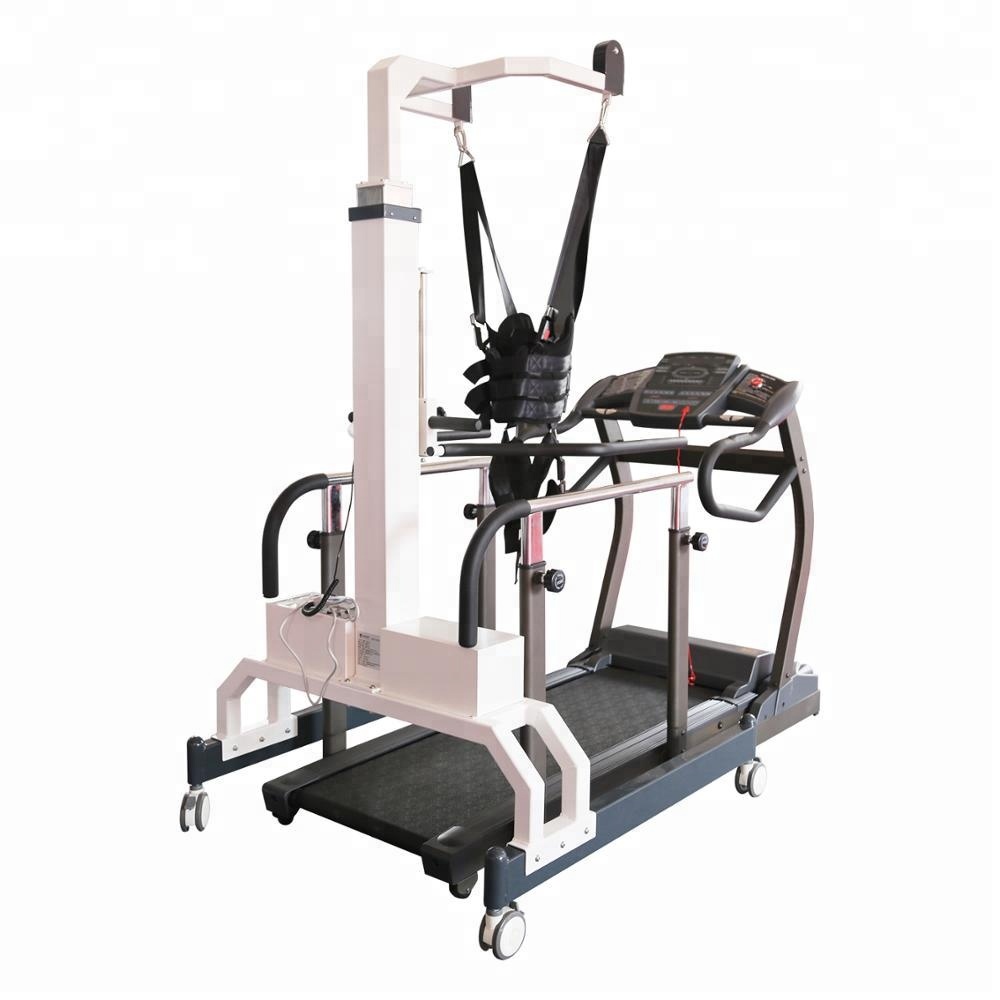Physical and Social Human-Robot Interaction for Fall Prevention and Gait Rehabilitation
Spring 2018 RESEARCH INCUBATION AWARDEE
PI: Rebecca Khurshid, Assistant Professor, Mechanical Engineering
Co-PI(s): James Cummings, Assistant Professor, Communications; Mina Tsay-Vogel, Co-Director, Communications
The Challenge
Human mobility is not only dependent on musculoskeletal system but also the integration of the dissociable neuronal systems. These aspects are tasked with the control of the gait initiation, planning and execution while incorporating them to meet the environmental and motivational needs. Nevertheless, there are some health conditions and pathologies that influence key aspects of mobility. Among these pathologies, cerebral palsy, spinal cord injury and stroke have been linked to locomotion impairment coupled by progressive deterioration of cognitive functions. Devices such as crutches, canes and wheelchairs are commonly used as assistive gait and rehabilitation, however natural balance, fall protection and user’s energetic cost are often overlooked.
Solution
In order to outstrip such issues robotic technologies can be integrated. These robotic equipment are always integrated with actuators and sensory modalities that offer biomechanical monitoring systems for movements and assistance level control.
The Process
The implantation of such systems would follow a research approach, where previous models will be analyzed in order to create robotic systems that accurately depict movements and sensory pulses. Literature comparisons would be made on regaining gait balance between traditional and robotic systems in order to come up with an informed model.
